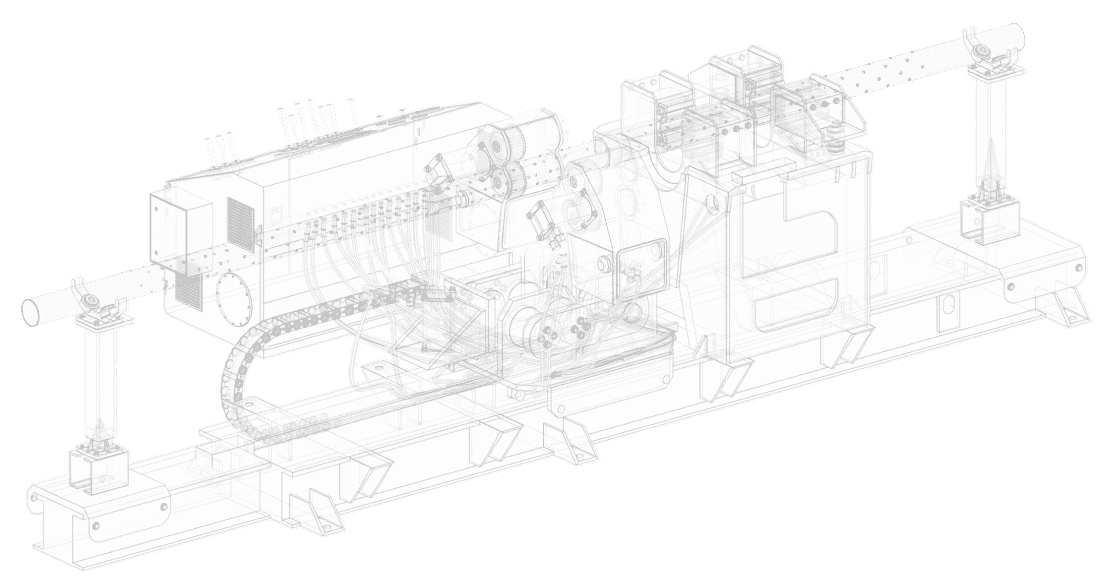Description
Non-destructive testing of the quality of product using methods of measuring the product parameters without violating the integrity of the product itself.
Non-destructive testing is one of the most important elements of testing technical devices of a well completion system. An increase in the quality level of manufactured products is achieved due to the reliability, reproducibility, and comparability of the results of non-destructive testing.
Non-destructive testing allows to obtain information about changes in the parameters that determine the state of technical devices, as well as to ensure the timeliness and quality of work on their maintenance and repair.
Non-destructive tests include the following:
Ultrasonic methods of thickness measurement
Ultrasonic methods are used to control the wall thickness of structural elements of manufactured products. First of all, this relates to the thickness control of the base pipes, which are used for the further production of filters.
Ultrasonic testing devices for monitoring the wall thickness of rolled metal products are based on ultrasound, which propagates only in an elastic medium. The reflection of waves from the walls of the pipes allows to determine their thickness and, thereby, to control with high accuracy their production quality without any damage.
Capillary inspection of welded seams
The method is based on the penetration of liquid substances through the weld seam under the action of capillary forces. As a result of using the method of capillary flaw detection, the colour contrast of the defective section of the welded seam increases in relation to the quality section of the welded seam.
Since welding of structural elements is a fairly common technology, quality control of welded joints is an important component of overall production quality control.
Defects associated with lack of welding of the seam line, pores and cavities can be detected using this method of capillary flaw detection. To carry out this test, a special coloured liquid is used - a penetrant, which is capable of filling open cavities, with the subsequent formation of an indicator pattern. Surfactants are added to the penetrant, which are designed to improve the penetration of the indicator liquid into the existing cavities of the weld. With the help of a special developer, the penetrant material is fixed for a more complete identification of defects in welded seams.
The result is analysed using optical analysis tools for the presence of defects identified during this test.


